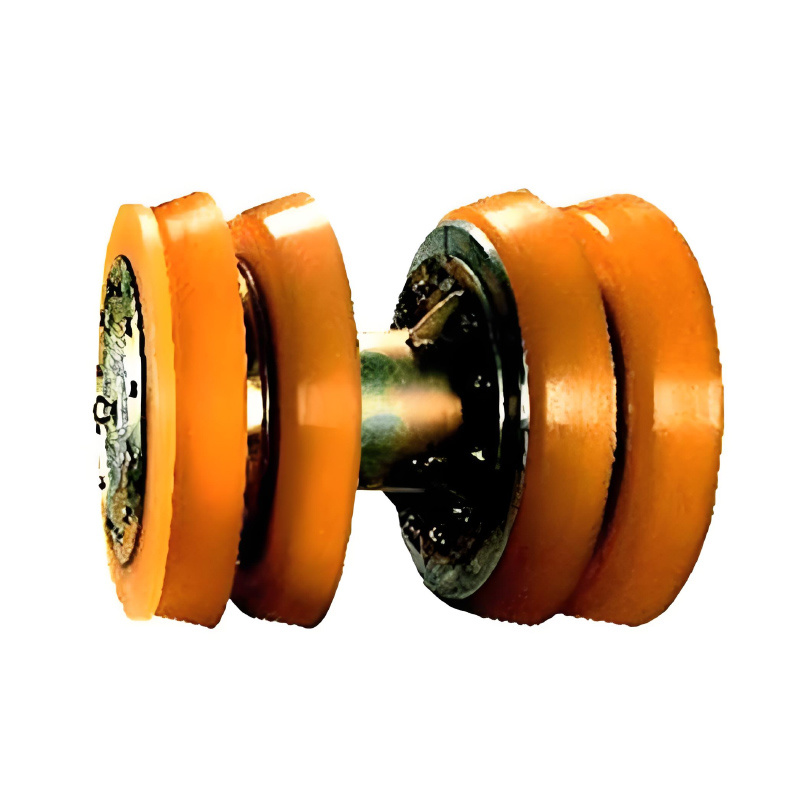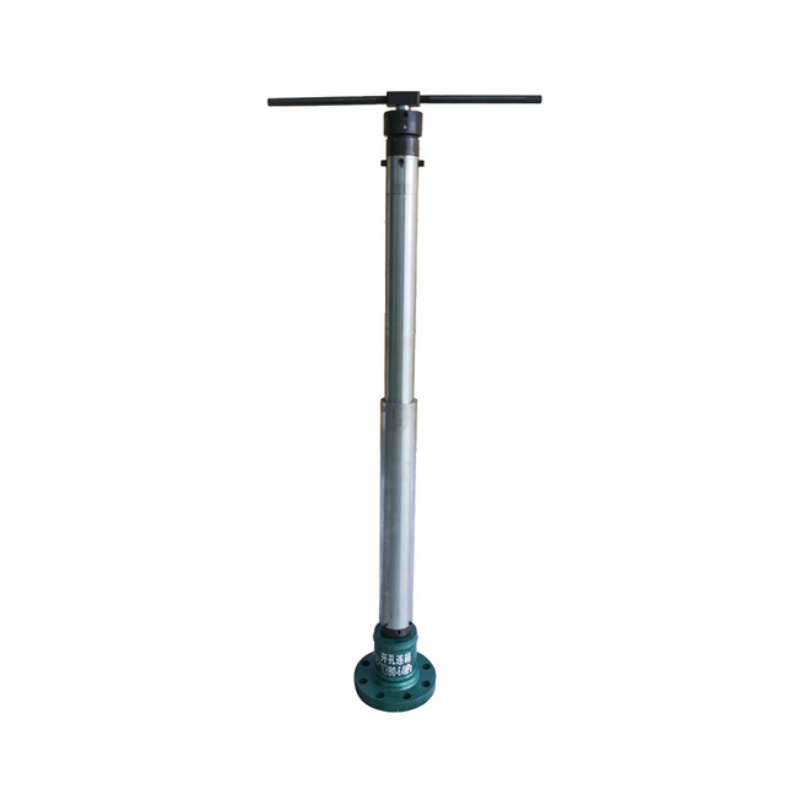Top Benefits of Using a Gas Pipeline Pressure Plugger: Enhance Efficiency and Safety in Your Pipeline Systems
Apr 03,2025
Introduction to Gas Pipeline Pressure Plugger
Gas pipeline pressure plungers are essential tools in the construction and maintenance of pipeline systems. These devices are designed to help professionals manage pressure within gas pipelines effectively. With an understanding of their operation and benefits, we can enhance safety and efficiency in our projects.
Understanding the Functionality of Gas

Introduction to Gas Pipeline Pressure Plugger
Gas pipeline pressure plungers are essential tools in the construction and maintenance of pipeline systems. These devices are designed to help professionals manage pressure within gas pipelines effectively. With an understanding of their operation and benefits, we can enhance safety and efficiency in our projects.
Understanding the Functionality of Gas Pipeline Pressure Pluggers
Gas pipeline pressure plungers are utilized to seal off sections of gas pipelines temporarily. This is crucial for maintenance, repairs, or inspections, as it prevents gas from flowing through the section being worked on. The mechanism of a pressure plugger involves inflating a specialized bladder or plug within the pipe, creating a barrier that can withstand high-pressure environments.
Key Components of a Gas Pipeline Pressure Plugger
1. **Plugging Element**: The main component responsible for sealing the pipeline. It is typically made from durable materials that can withstand gas pressures.
2. **Inflation System**: This system allows for the controlled inflation of the plug, ensuring that it fits securely within the pipeline. It may be manual or automated, depending on the model.
3. **Pressure Monitoring Equipment**: Essential for ensuring that the pressure within the pipeline remains stable. This equipment can provide real-time data during operations.
4. **Safety Features**: Many modern plungers come equipped with safety mechanisms to prevent over-inflation and potential accidents.
Top Benefits of Utilizing Gas Pipeline Pressure Pluggers
The use of gas pipeline pressure plungers comes with numerous advantages that significantly enhance the safety and efficiency of gas pipeline operations.
1. Enhanced Safety during Maintenance
The primary purpose of a gas pipeline pressure plugger is to ensure safety during maintenance tasks. By effectively sealing off sections of the pipeline, these tools prevent gas leaks and reduce the risk of accidents, which is critical in high-pressure environments.
2. Improved Efficiency in Pipeline Operations
Efficiency is crucial in any construction or maintenance project. Gas pipeline pressure plungers allow for quicker repairs and maintenance because they can be installed and removed rapidly, minimizing downtime and improving project timelines.
3. Cost-Effective Solution for Pipeline Repairs
Investing in gas pipeline pressure pluggers can lead to significant cost savings over time. By reducing labor hours needed for repairs and minimizing the risk of accidents, companies can lower their overall project costs.
4. Versatile Applications in Various Pipeline Systems
Gas pipeline pressure plungers are not limited to one type of pipeline system. They can be used in various applications, including natural gas, propane, and other gaseous materials, making them a versatile tool in the construction industry.
Types of Gas Pipeline Pressure Pluggers
- **Mechanical Pluggers**: Utilize mechanical means to expand and seal the pipe.
- **Inflatable Pluggers**: Use air or hydraulic pressure to inflate and seal.
5. Compliance with Regulatory Standards
Using a gas pipeline pressure plugger helps businesses comply with safety and environmental regulations. These tools provide an effective means of managing gas pressures, thereby adhering to industry standards.
How to Choose the Right Gas Pipeline Pressure Plugger
Selecting the appropriate gas pipeline pressure plugger for your needs involves several considerations.
1. Assessing Pipeline Size and Type
Different pipeline sizes and materials may require specific types of plungers. Ensure that the plugger you choose is compatible with your pipeline specifications.
2. Evaluating Pressure Ratings
Understand the pressure ratings of your pipeline systems to select a plugger that can effectively handle those conditions without risking failure.
3. Considering Ease of Use
A plugger that is easy to install and remove will save time and effort during maintenance operations. Look for features that enhance usability, such as quick-release mechanisms.
4. Reviewing Safety Features
Ensure that the gas pipeline pressure plugger has adequate safety features to prevent accidents during operations. This includes pressure gauges and emergency release systems.
FAQs About Gas Pipeline Pressure Pluggers
1. How often should I use a gas pipeline pressure plugger during maintenance?
Using a gas pipeline pressure plugger should be determined by your maintenance schedule, but regular checks are advisable to ensure pipeline integrity.
2. Can gas pipeline pressure plungers be used for all types of gases?
Generally, yes. However, it’s essential to confirm compatibility with the specific gas and pipeline material you are using.
3. What are the safety precautions when using a gas pipeline pressure plugger?
Always follow manufacturer instructions, wear appropriate safety equipment, and ensure that the area is clear of unauthorized personnel during operation.
4. How do I maintain my gas pipeline pressure plugger?
Regular inspections, cleaning after use, and storing in a dry area will help maintain the life and functionality of your plugger.
5. Are there any alternative methods for sealing gas pipelines?
While there are alternatives such as mechanical devices or valves, gas pipeline pressure plungers are often preferred for their efficiency and safety features.
Conclusion: Maximizing Efficiency and Safety with Gas Pipeline Pressure Pluggers
In conclusion, gas pipeline pressure plungers are invaluable tools that enhance the safety and efficiency of pipeline operations. By investing in these devices, professionals in the construction and plumbing industries can ensure compliance with safety standards while minimizing downtime and costs. Understanding the functionality, benefits, and selection criteria for gas pipeline pressure plungers will empower you to make informed decisions, ultimately leading to more successful project outcomes.








